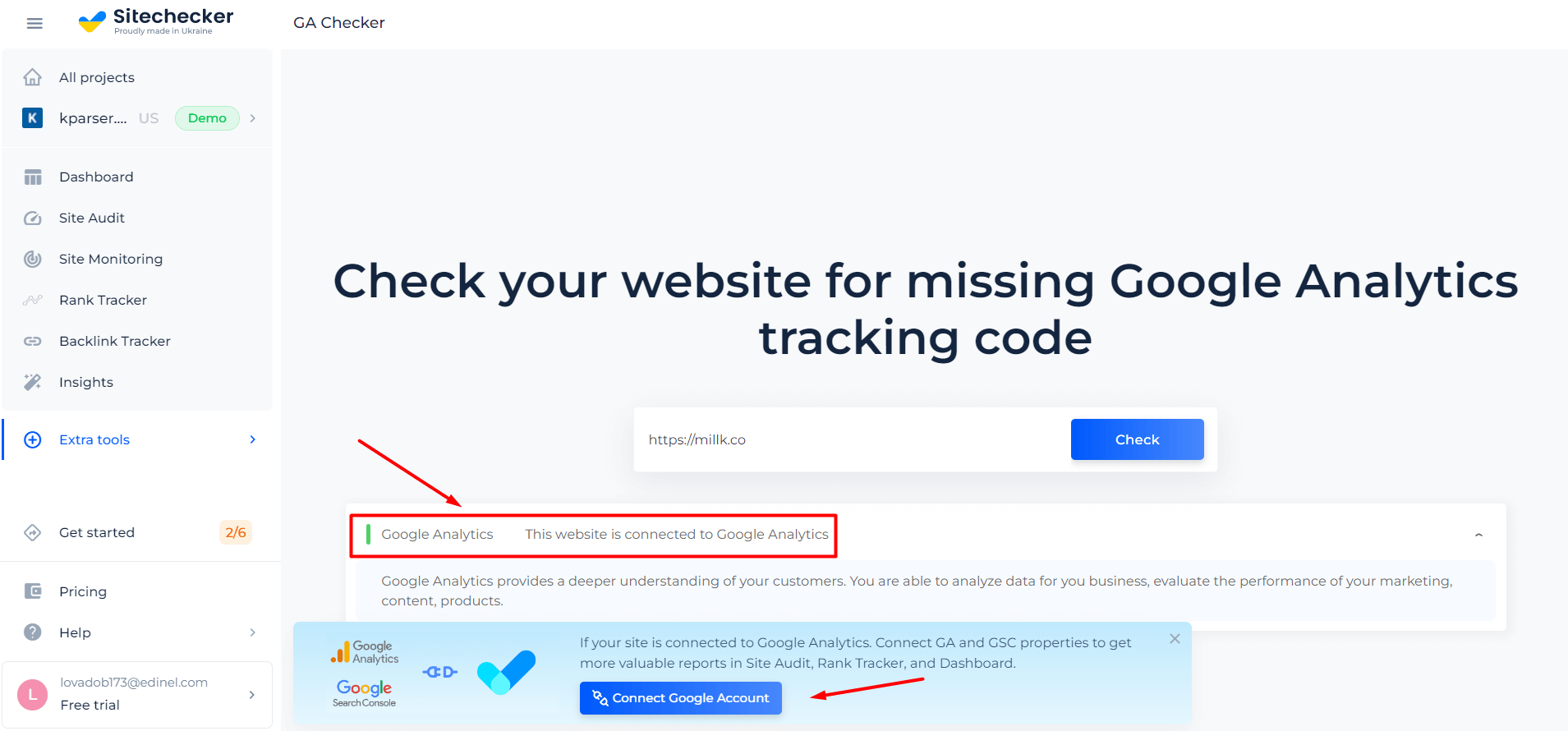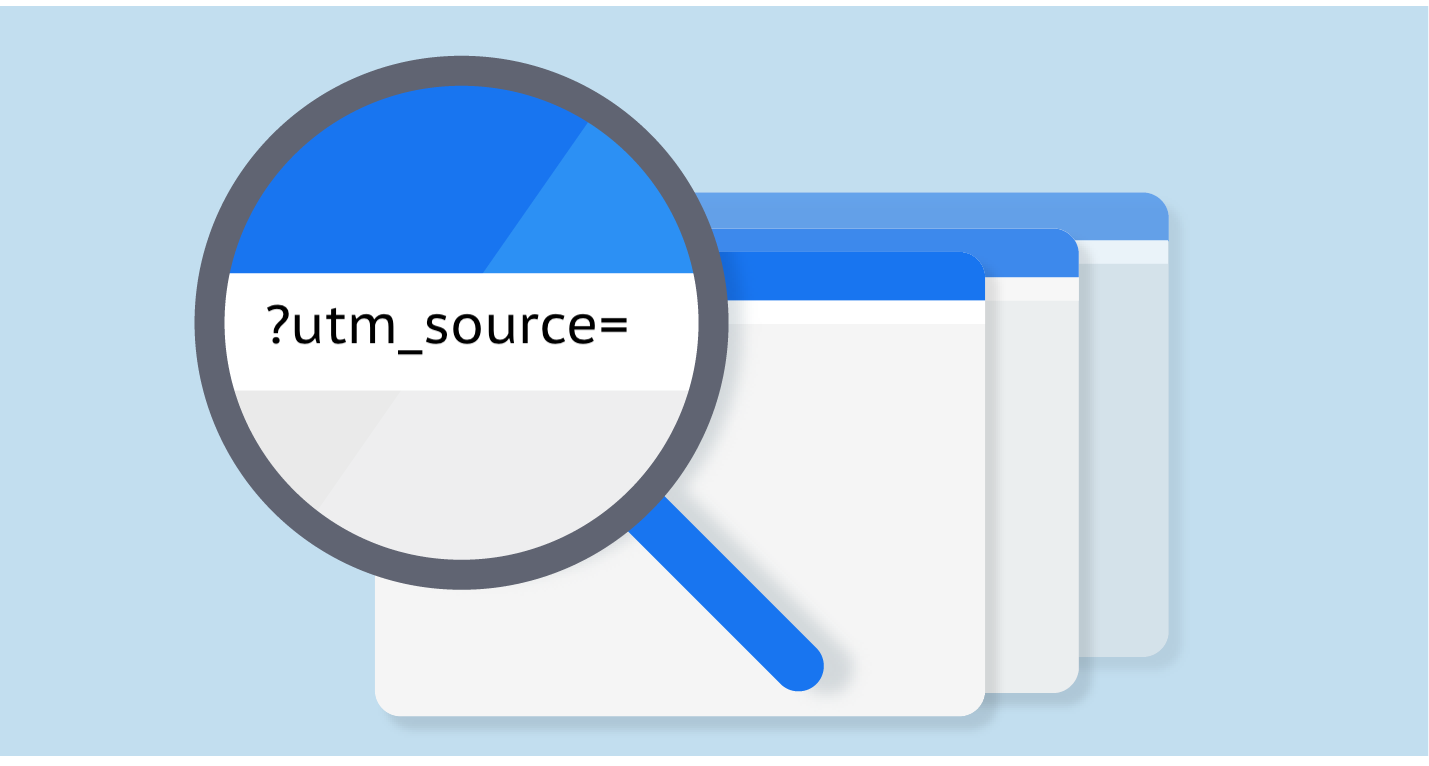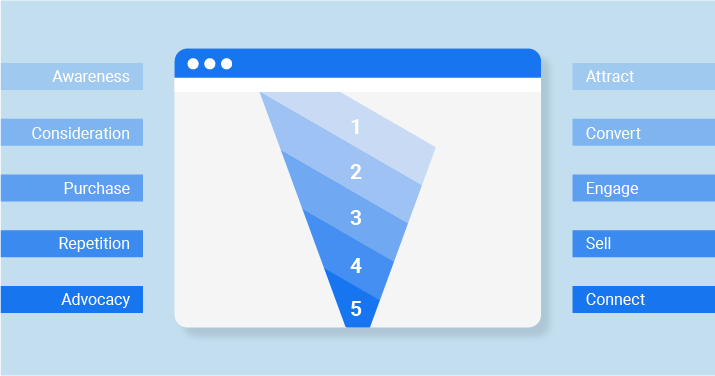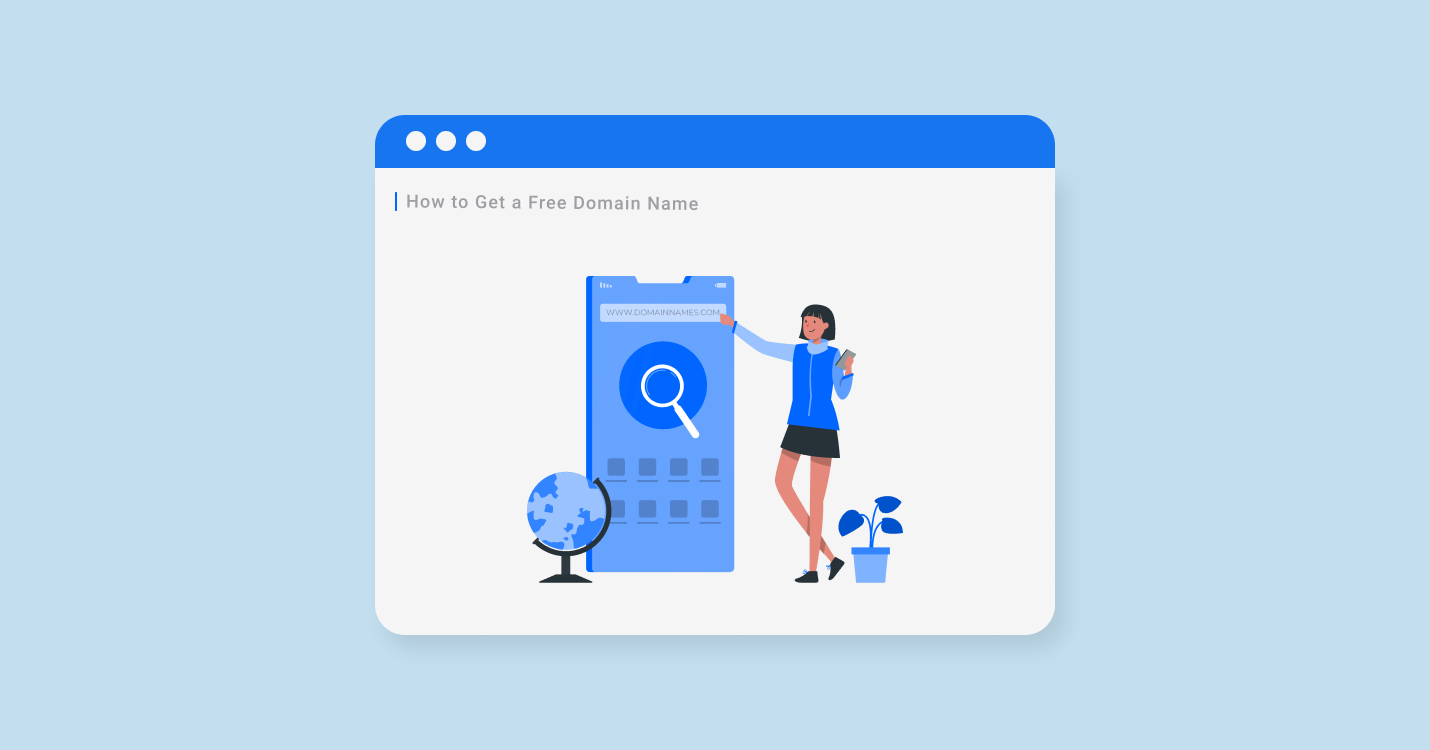Why Do You Need UTM Tracking
A detailed conversion is important for any platform or a website. Sometimes traffic doesn’t work at full: one part of ad campaign generates high conversion rate, while another part of the campaign lags. What is a utm code? You can get to know which of your marketing efforts generates traffic and sales with the help of utm code. This article will help you understand what does utm stand for.
These codes help receive detailed information about each source of traffic. In this way you can identify which areas of ad campaign generate lowest income. This helps quickly respond to the changes on a website and relocate advertising budget. In order to set utm codes correctly, you need to understand utm meaning, parameters and utm source. Also, you will be able to perform utm tracking after reading this article.
What is UTM Code?
UTM (Urchin Tracking Module) tags or codes help track traffic of your website generated by internet platforms and websites. If you post links to your website on social media platforms, you use these tags to track the number of clicks people made under your posts. Tags allow for tracking performance of internet promotion campaigns. Also, you can differentiate the traffic generated by different sources and mediums related to a specific campaign.
You can use utm codes for:
- Email newsletter. Track each call to action (CTA) in PICs with a unique UTM parameter.
- Display advertising. UTM tags show which banner has more traffic, more targeted actions.
- Socials.
- Contextual advertising. In Yandex Direct and Google AdWords, UTM tags are indispensable for analysing which ad, for which key phrases traffic and conversions brought.
Components of UTM Code
UTM codes comprise of two parts:
- UTM-value, such as “cpc” – ads with payment per click; “referral” – transition from social media or a website, etc.
- parameter – there are 3 mandatory and 2 optional parameters.
Parameters are connected with the help of the sign “=” and are separated by “&”.
The following codes components are mandatory:
- utm_source
utm_source=Google_Adword- utm_medium
utm_medium=cpcutm_medium=cpmutm_medium=email- utm_campaign
utm_campaign=seo_analyzersThe components utm_term and utm_content are optional.
- utm_term is considered to add keyword
utm_term=seo- utm_content is about the type of ad
utm_content=banner
The Main UTM Parameters
Many ad systems including Yandex.Direct, Google Adwords and Bing Ads support dynamic parameters of URL. If you specify a dynamic parameter in a tag value, ad campaign automatically adds needed parameters to URL when each click is made. In this way you can identify websites generating maximum ad traffic and which keyword is used to show the ad. Also, you can understand where the ad is placed or which type of placing is used. Dynamic parameters are written in braces.
Guide on How to Create UTM Codes
We have already mentioned that codes help receive valuable information about your ad campaigns (from which platforms users are coming, from which devices users view ads, etc.). In order to receive precise information codes should be written correctly. There is a list of the most common mistakes you can use when writing these codes.
You can either create codes manually or use specific software.You can either create codes manually or use specific software. We recommend using URL builder by Google and then a URL shortener like Rebrandly. You can create a tag in two phases:
- first, you need to write a website address or a landing page for transition
- parameters and their unique values used in a code are added to the link.
Utm parameters list depends on the system used: Yandex.Direct, Google Adwords or Bing Ads. As a result, you will receive a ready URL with UTM codes. The generated link is renewed automatically when the changes are made. You can create as many similar links as you need using Google Play URL Builder.
Tools for Creating UTM Codes
You will get a quite long URL when you add all parameters. In order to automatically generate new URL you can use URL builder tool by Google. For mass ad tags we recommend using Excel (function “link”).
The example of generation UTM code looks like:

How to Create Tags with the Help of Builders
You can create tags both manually and with the help of special builders:
- URL builder by Google Analytics
- Builder of UTM tags (you can choose pre-sets of advertising activities).
Let’s consider an example of automatic tags generation with the help of link generator by Google. Here you need to fill in the form of URL builder to set tags:
- specify URL (domain) of your website
- fill in mandatory fields “Campaign source”, “Campaign channel” and “Campaign name”
- insert additional information in the fields “Campaign key word” and “Campaign content” if necessary
- further, you need to press “Create URL” and get a ready link with desired tags. Now insert this link into the ad.
Using UTM Codes in Google Analytics
URL Builder is the best generator for AdWords. However, if links were built for other purposes than advertising, system analytics can accept them. For example, you can use tags for better website traffic data sorting. In order to start working with data, you need to follow this route: Traffic Sources > All Traffic > Source or Source of Traffic > Campaigns > All Campaigns. You need to be extremely careful when entering data because any small mistake can lead to data failures. Use google analytics checker tool to verify all tags are present.
For example, Google Analytics interprets “utm_source=Google” and “utm_source=google” as two different platforms.
It’s easy to track statistics of each customer by traffic sources with the help of Google Analytics:
- open Google Analytics
- choose Source of Traffic > Channels
- choose main parameter
- choose additional parameter.
You can choose a needed parameter or sort the parameters by types.
Check Your Website for Missing Google Analytics Tracking Code with Sitechecker’s Tool
The Google Analytics Checker by SiteChecker is a valuable tool for webmasters and digital marketers aiming to optimize their website’s performance. It efficiently checks if a website is correctly integrated with Google Analytics, a crucial aspect of tracking and understanding website traffic and user behavior. Proper integration of Google Analytics is essential for gathering accurate data, which is the foundation for making informed marketing decisions and SEO strategies. This tool simplifies the verification process, ensuring that Google Analytics is properly set up and functioning as intended on your website.

Beyond basic verification, this tool also assists in identifying any issues with the Google Analytics tracking code implementation. It provides detailed insights into potential errors or misconfigurations that could lead to inaccurate data collection. By pinpointing these issues, the Google Analytics Checker helps in rectifying them promptly, ensuring reliable data collection for effective website analysis. This feature makes the tool indispensable for maintaining the integrity of your web analytics, providing a straightforward solution for optimizing your site’s data-driven approach.
Check Your Google Analytics Integration Now!
Use our Google Analytics Checker to ensure precise tracking and insightful reports.
Conclusion
UTM (Urchin Tracking Module) tracking is crucial for understanding the effectiveness of different segments of a marketing campaign. It helps identify which parts of a campaign drive traffic and conversions by tagging URLs with specific parameters like source, medium, and campaign name. This method enables detailed tracking in analytics tools, providing insights into which strategies work and how to allocate resources efficiently. Creating UTM codes involves adding these parameters to URLs, which can then be tracked for performance. Tools like Google’s URL Builder make this process easier, ensuring accurate tracking and analysis to optimize marketing efforts and website performance.




